Present and future of fighter aircraft of Japan
Current state
In connection with the characteristic role of the BCC and the Self-Defense Forces as a whole, the combat component is not too numerous, although it meets current requirements. Currently, as part of the BCC, all 12 squadrons equipped with fighter aircraft. These units are subordinate to the regional commands of the air forces and are distributed approximately equally among them.
It is also necessary to recall the 501 th tactical reconnaissance squadron and tactical fighter training group ("aggressors"). These units are not directly involved in solving combat missions, but they are armed with aircraft similar to those used in other squadrons.
The most massive combat aircraft of the BCC of Japan is the F-15J / DJ Eagle fighter. These machines were developed in the USA and were manufactured under license by the Japanese company Mitsubishi. In total, 189 of such aircraft of two modifications is in operation.
Less numerous are the F-2A / B fighter jets - the licensed version of the American F-16 manufactured by Mitsubishi. The parts use 88 of such aircraft. In the original role of the fighter still applies about fifty aircraft F-4E Phantom II. Also in service is the X-NUMX scouts RF-13J.
The newest, but not the most numerous BCC aircraft is the American-made F-35A Lightning II. To date, Japan has received a dozen of these machines. One of them was lost a few days ago. Because of this, the entire Lightning Park is idle on the ground until all the circumstances of the incident have been clarified.
Fighter aircraft of Japan is quite old. So, the last aircraft of the F-4 line entered service in the 1981 year. Almost immediately after that, the assembly of the F-15J / DJ machines began, which continued until the 1997 year. Newer F-2 were made from 1995 to 2011 years. The existing F-35A were built and transferred to Japan by the ARIA in recent years.
Near future
As you can see, the fighter aircraft fleet of the BCC of Japan is in a mixed state. In several squadrons there are about 330 aircraft of a number of types, including not the most modern ones. The age of some cars is approaching 40 years, but they still occupy an important place in fighter or reconnaissance aircraft. This situation does not suit the command, and it is attempting to modernize the ARIA.
The fundamental decision to abandon the planes of the “Phantom-2” family was made a long time ago, but so far it has not been implemented. American F-35A was considered as a replacement for such aircraft, however, the delivery of this technology was repeatedly postponed. To date, the United States and Japan have managed to arrange deliveries, and now the fate of the F-4 has been resolved. As new equipment is received, it will be decommissioned. Also outlined are some changes in the structure of the compounds that will have to operate the new F-35A. The last F-4 is scheduled to be written off in the 2020 year.
In the foreseeable future, the F-15J / DJ will retain the status of the most massive WBU fighter in Japan. Replacement of such equipment until recently was not possible and therefore belonged to the distant future. At the end of last year it became known about the curious plans of the Japanese command in the context of the F-15 aircraft. Tokyo offered Washington to accept part of the F-15J / DJ cash as payment for the delivery of the new F-35. The American side did not accept this offer. Withdrawal of some combat vehicles without immediate and full replacement by others could lead to a fall in Japan’s defense capability, and the United States does not need similar problems with the Allies. Thus, the F-15J / DJ remain in service.
The future of Japan's WBU is directly related to the American F-35 fighter. According to the signed contracts, over the next years, the Japanese side will receive the X-NUMX F-105A and 35 F-42B aircraft. Most of this technology will be manufactured by the American industry. 35 fighter aircraft will assemble Mitsubishi.
To date, orders are only partially fulfilled. Japan handed over 12 aircraft modification "A" of the American assembly. In addition, problems have already begun. One of the new aircraft crashed on April 9 while flying over the Pacific Ocean. How this incident will affect the further fate of the Japanese F-35 - is unknown.
It is assumed that the delivery of American "Lightning" will completely replace the long-obsolete "Phantoms", and in the future to reduce the share of F-2. However, the operation of the remaining F-2 will continue until the thirties. Also considered is the option of using the F-35A / B as a replacement for the F-15J / DJ, but such plans look questionable due to the different purpose of these aircraft.
Next generation
At the moment, the development of Japanese fighter aircraft is directly dependent on imports. The only modern aircraft, the delivery of which is carried out at the present time, designed and built abroad. However, Japan does not stand aside and also tries to create its own fifth-generation fighter. The demonstrator of the Mitsubishi X-2 Shinshin technology has already been created and is being tested, and later on it will develop a full-fledged fighter. The latter is now called F-3.
Three years ago, in April 2016, the first flight of an ATD-X / X-2 prototype aircraft took place, which was intended to test the main solutions in the field of fifth-generation fighters. The design of this machine used a number of modern solutions, characteristic of the latest generation of foreign fighters, but not yet mastered by Japanese aircraft manufacturers. The issues of creating radar with AFAR, avionics based on the latest technologies, EDSU with fiber-optic lines, etc. were worked out.
In the summer of last year, a fundamental decision was made, defining the further development of the Japanese fifth generation. The X-2 will remain a flying laboratory for developing new technologies. For the future operation in the troops it is planned to create a completely new car - F-3.
According to recent reports, the development, testing and deployment of mass production of the F-3 will take about 10-15 years. It is proposed to develop a new aircraft in the framework of cooperation with leading foreign companies that can share technologies. The Japanese military has already sent out invitations.
Requirements for the future of F-3 have not yet been formed, but some wishes are already known. It is planned to create an aircraft to achieve superiority in the air with a certain potential for work on ground targets. It is planned to order up to 100 of such machines with a total value of 50 billion US dollars. The construction of machinery should be completed by the end of the thirties.
By the time the serial F-3 appears, the Japanese BCC will be forced to abandon the morally and physically obsolete F-15J / DJ fighter jets. Also, by that time, the write-off of newer, but no longer modern F-2A / B will begin. Thus, with the desired course of events, in the forties and fifties, the basis for the fighter aircraft of Japan ’BCC would be the American F-35A / B and the jointly developed F-3. Perhaps, by this time, new models will come into service - most likely, again imported ones.
Present and future
The Japanese Self-Defense Air Force has about 330 fighter aircraft of several types and a small number of structurally similar aircraft for other purposes. A significant part of this park now needs to be replaced, but the pace of delivery of new equipment remains insufficient. All this worsens the current situation, and also moves the timing of its change back to the right.
The update of the fighter aviation of the Japanese WBU is still associated with import and licensed assembly. Own projects, despite their courage and importance, are not yet able to give real results. In the future, this situation is expected to change, but there are not too many reasons for optimism.
As a result, Fighter Aviation BCC of Japan has an acceptable condition and is able to solve the tasks, but there are reasons for serious concern. Tokyo understands this and tries to act according to its needs and possibilities. However, the real results of such actions are still insufficient. Especially against the background of military-political confrontation with China and the DPRK, as well as unfriendly rhetoric against Russia.
- Ryabov Kirill
- Japanese Ministry of Defense / mod.go.jp
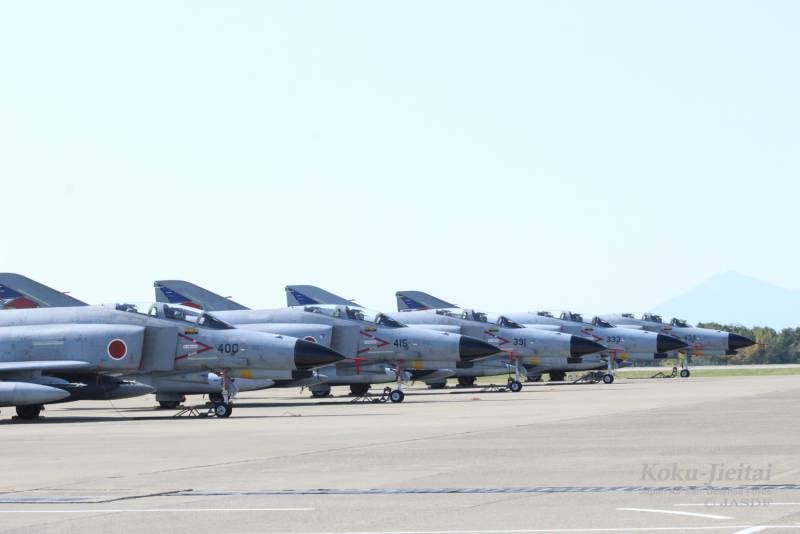
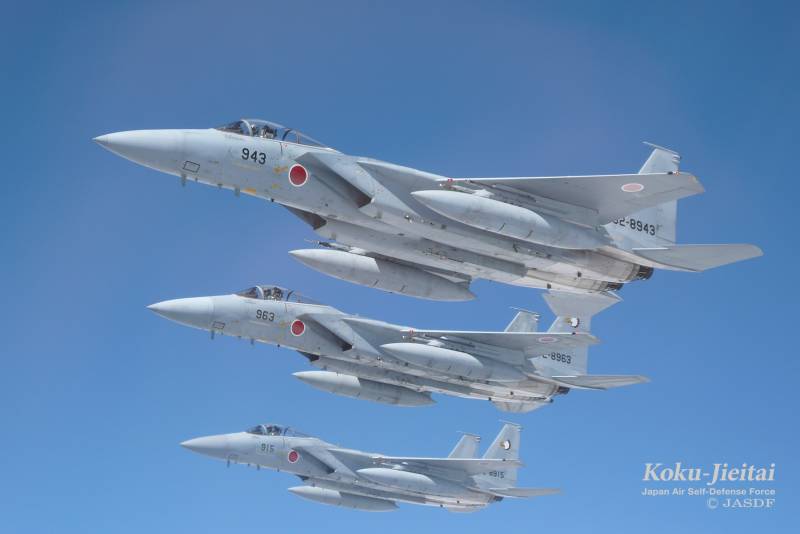
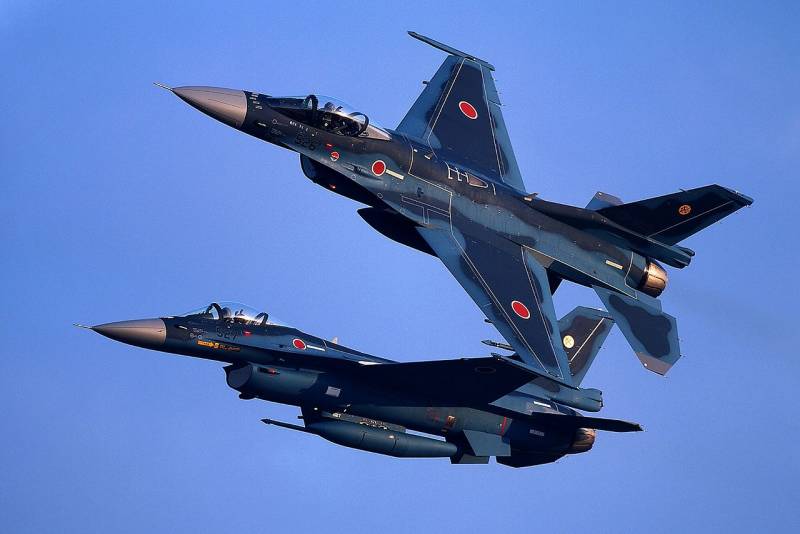
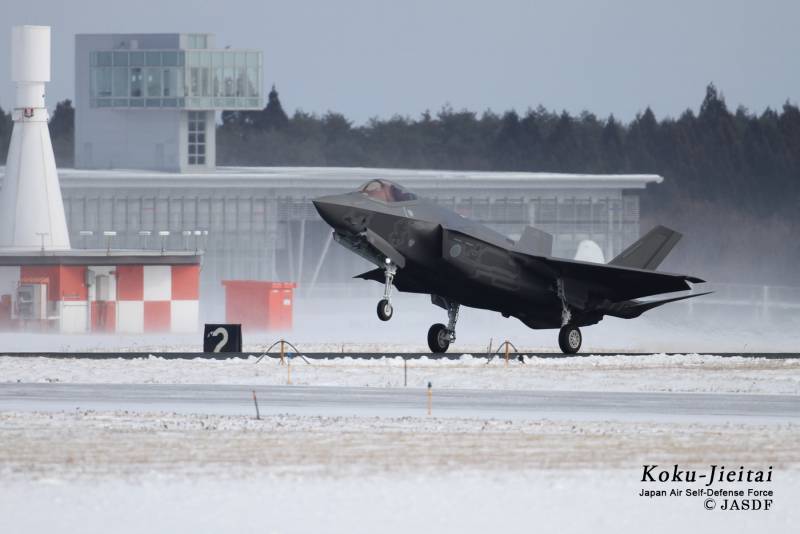
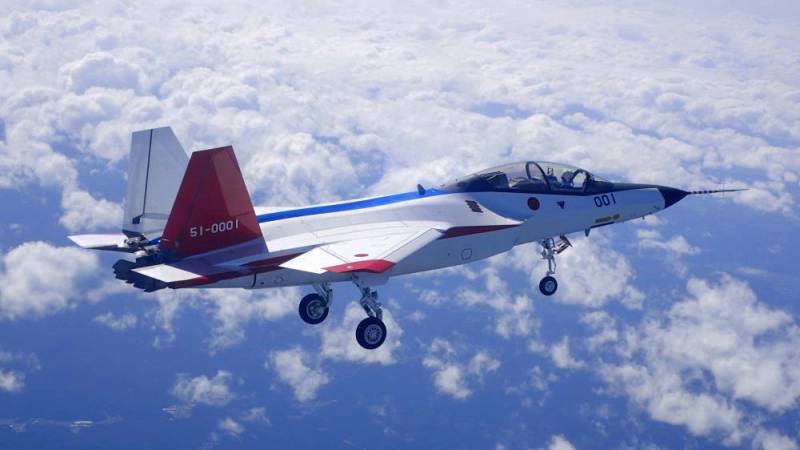
Information